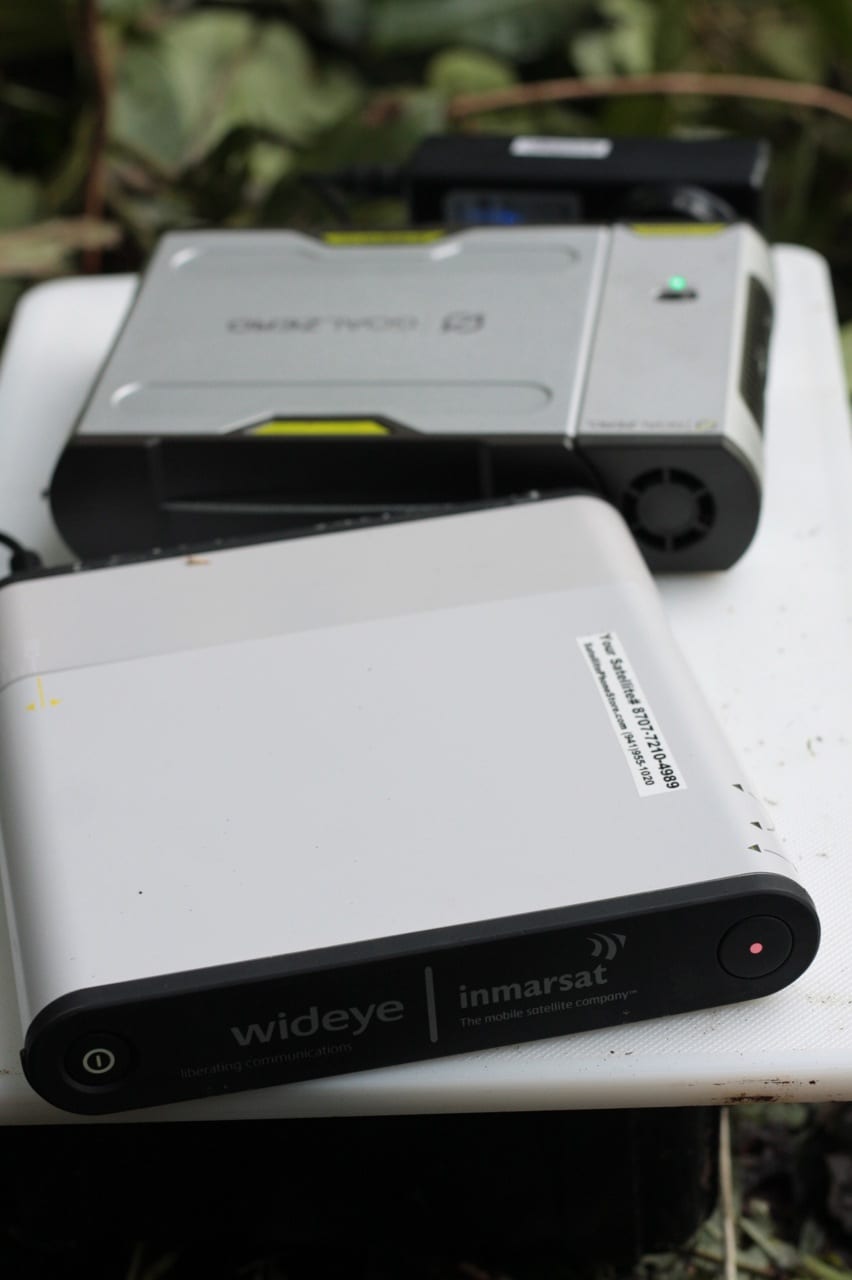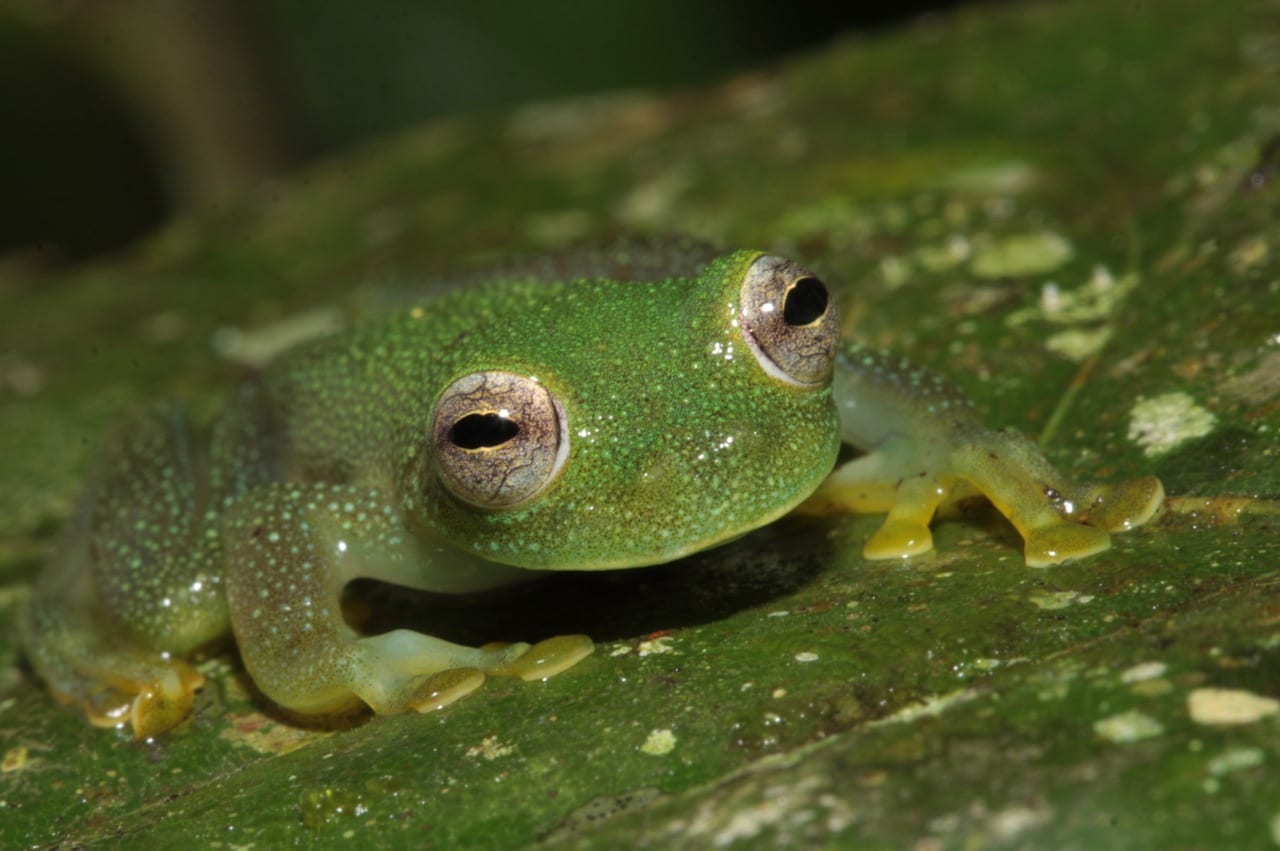




(Blog 13: Part 1 of 2)
February 7, 2016
We have reached 2,600 m by opening a track from Camp 1 to Camp 2 and beyond. The narrow track follows a very steep slope; so steep you can readily notice dramatic changes in the forest type as you climb up. Herpetologist Juan Carlos
Chaparro and Roberto Gutierrez are at Camp 2 (1,950 m), surveying the area and opening a track further upwards to the grasslands above 3,000m. Problem is, there is no water, as Camp 2 sits on a ridge, and streams are far down the
hill. A small spring, 30 minutes away from the camp through a difficult path, provides the only source of water for drinking and cooking. But difficulties do not deter us. We wake up everyday surrounded by a beautiful forest abundant with flowering orchids and bromeliads. In Camp 1 we wash ourselves everyday in streams with cool and often transparent waters. And, although we’ve been here less than a week, we found many strange amphibians and reptiles that will form the basis for exciting research in the months to come.
José Padial and his team of researchers are traveling to the Vilcabamba mountains in Peru in the pursuit of biodiversity research. He blogs and sends photos daily capturing his expedition along the way.
